Rodent infestations in attics are a widespread and troubling issue that many homeowners face. The cozy and secluded environment of an attic offers an ideal nesting ground for rodents like mice and rats, leading to potentially serious damage to insulation, wires, and stored belongings, as well as potential health hazards.
Addressing this problem promptly is of utmost importance; not only can these creatures cause significant physical damage to the property, but they also carry diseases and parasites that may affect human health.
Furthermore, if left unchecked, the infestation can rapidly grow in size, making the removal process more complicated and expensive. The following sections will explore effective strategies for banishing rodents from attics, ensuring a healthy and secure living environment.
Key takeaways
- Rodent infestations in attics can cause damage to insulation, wires, and stored items, leading to fire hazards and structural issues. They also carry diseases harmful to human health.
- Signs of rodent infestations include droppings, gnaw marks, chewed materials for nesting, nests made from shredded materials, unusual noises, and a distinct musty odor.
- Prevent infestations by inspecting and sealing gaps, cracks, and openings in the attic. Practice proper food storage, reduce clutter, trim vegetation, and maintain the exterior of your home.
- Humane trapping methods involve using snap traps, live traps, and electronic traps. Baiting, placement, protective gear, and safe release protocols are important.
- Natural repellents like peppermint oil and predator urine can be effective to some extent, but their efficacy varies. They can work alongside other control techniques as complementary measures.
- Consider hiring a professional pest control service for extensive or persistent infestations. Professionals offer tailored strategies, effective treatments, prevention advice, and safety compliance.
- Thorough cleaning and sanitization after an infestation are crucial to eliminate health hazards and maintain a rodent-free living environment.
Understanding the Problem
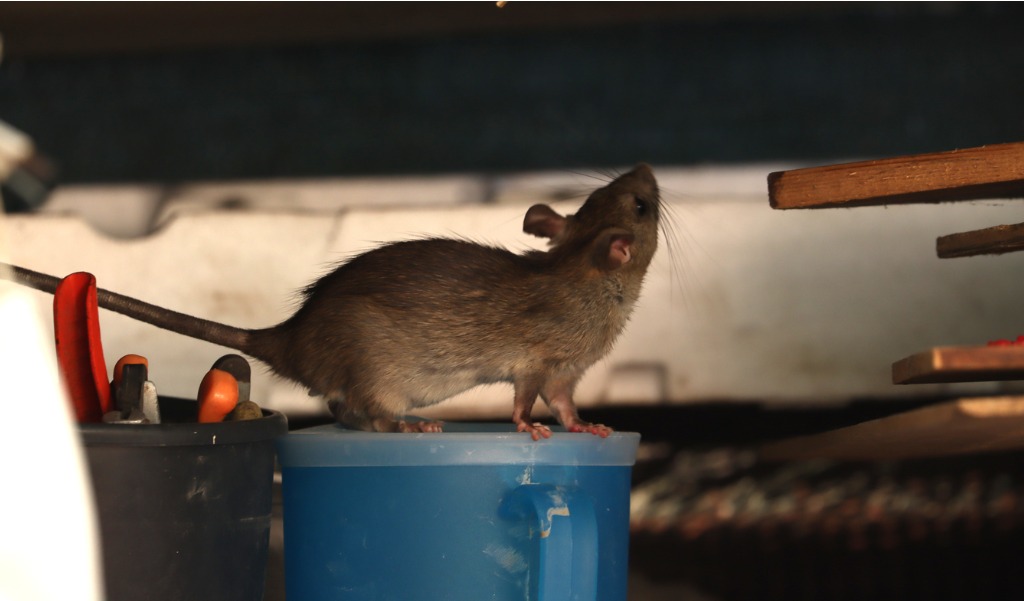
Attics are often sought after by various types of rodents for shelter and nesting. Common culprits include mice, rats, and squirrels. Mice are small and adaptable, making them agile invaders of attics.
Rats, both roof rats and Norway rats, are larger and can cause more extensive damage. Squirrels are also notorious attic-dwellers, especially during colder months when they look for warm spaces. Recognizing these common types of rodents helps in identifying the invader and choosing appropriate removal methods.
Rodent infestations pose a multitude of risks to both property and health. The gnawing behavior of rodents can lead to damage to insulation, electrical wires, and wooden structures in attics, potentially creating fire hazards and structural issues. Furthermore, rodents are carriers of various diseases that can be transmitted to humans through contact with their droppings, urine, or even bites.
These diseases include hantavirus, leptospirosis, and salmonellosis. Therefore, addressing rodent infestations promptly is crucial to mitigate these risks and ensure a safe and habitable living environment.
Signs of Rodent Infestation
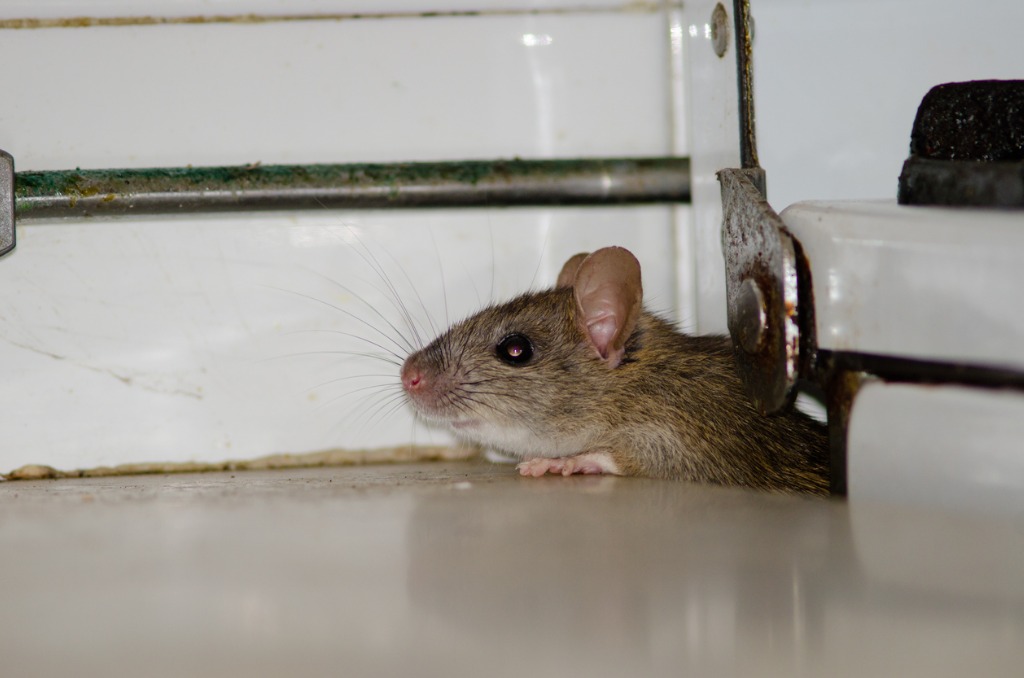
Identifying a rodent infestation involves observing various clues that point to the presence of these pests.
Here are key indicators to look for:
- Droppings: Keep an eye out for small, pellet-like droppings in areas where rodents might be active. These droppings can provide insights into the type of rodent present and their activity levels.
- Gnaw Marks: Rodents have a constant need to gnaw on objects to keep their teeth from growing excessively. Look for gnaw marks on wires, insulation, and wooden structures in your attic.
- Chewed Materials: Check for materials that have been chewed up and used for nesting, such as insulation, fabric, and paper. Rodents often create nests in hidden corners of attics.
- Nesting Sites: Look for nests made from shredded materials. These nests are usually hidden in secluded spots and can provide further evidence of rodent activity.
Unusual sensory cues can also help you identify a potential rodent infestation:
- Noises: Pay attention to any unusual sounds coming from the attic, especially during nighttime hours. Scratching, scurrying, and squeaking sounds are often indicative of rodent activity.
- Odors: Rodents leave behind a distinct, musty odor due to their urine and droppings. If you notice an unfamiliar and persistent odor in your attic, it might be a sign of an infestation. Being vigilant about these signs can help you detect a rodent infestation early, enabling you to take timely action to address the issue and prevent further damage to your property.
Prevention Measures A. Sealing entry points to prevent rodent access
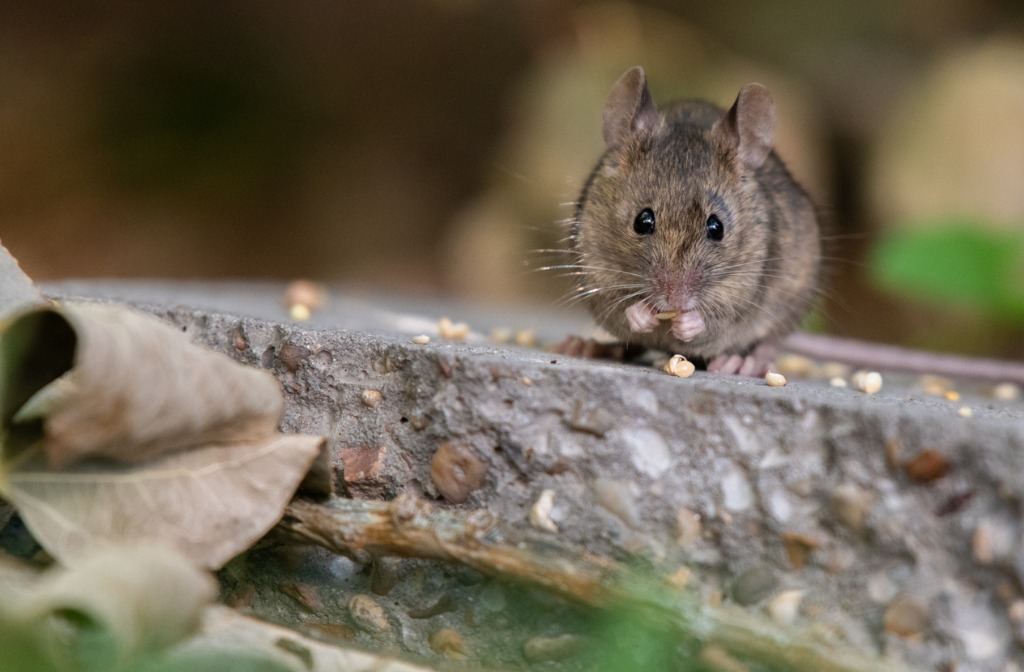
Prevention Measures
Taking proactive steps to prevent rodent infestations in your attic is essential for maintaining a pest-free environment. Here are effective prevention strategies to consider:
Sealing entry points to prevent rodent access:
- Inspect Attic: Regularly inspect your attic for any gaps, cracks, or openings that rodents can use to gain entry. Even small openings should be addressed.
- Seal Cracks: Use appropriate materials like caulk, wire mesh, or steel wool to seal cracks and gaps in walls, roofs, and around utility lines.
- Secure Vents: Install mesh screens or covers on vents to prevent rodents from entering through these openings.
Proper storage practices to reduce attractants:
- Food Storage: Store food items in airtight containers made of metal or glass. Avoid leaving pet food or birdseed uncovered in the attic.
- Clutter Control: Keep the attic organized and free of clutter. Rodents are attracted to nesting materials, so reducing clutter can make the attic less inviting.
- Trash Management: Dispose of trash promptly and in sealed containers. Rodents are drawn to easily accessible food sources.
Landscaping and exterior maintenance to deter rodents:
- Trim Vegetation: Keep trees and bushes trimmed away from the house. Overhanging branches can serve as pathways for rodents to access the attic.
- Remove Debris: Clear away debris, such as fallen leaves and woodpiles, from the immediate vicinity of your home. These can provide hiding spots for rodents.
- Seal Exterior: Repair any damaged siding or roofing to eliminate potential entry points. Ensure that the exterior of your home is well-maintained.
By implementing these prevention measures, you can significantly reduce the likelihood of rodent infestations in your attic. Regular maintenance and attentiveness are key to maintaining a rodent-free living space.
Humane Trapping and Removal
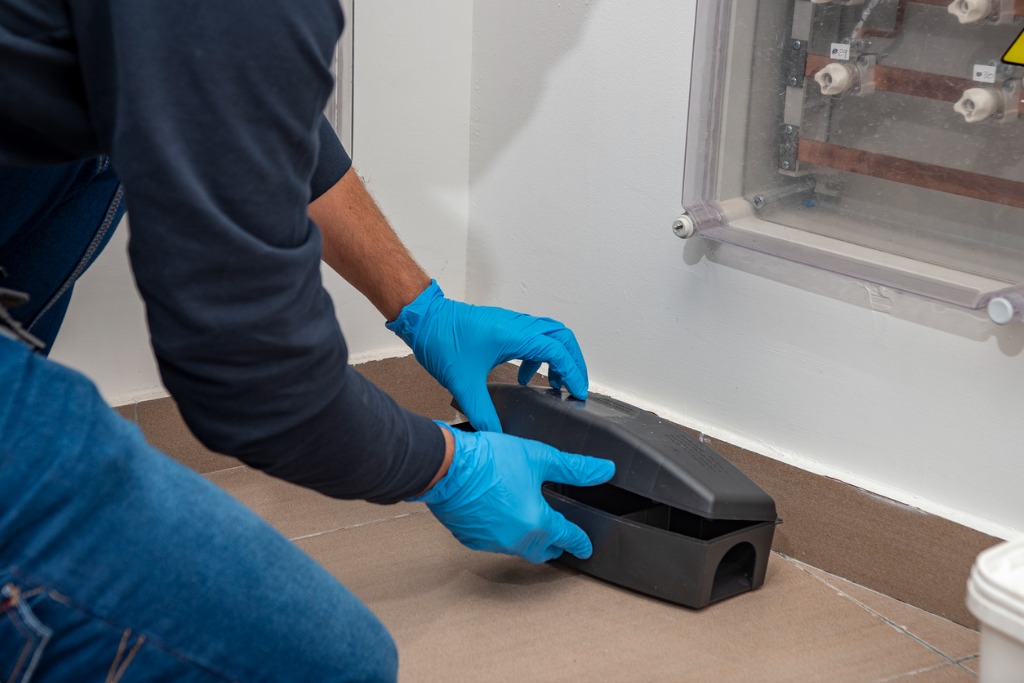
When addressing a rodent infestation in your attic, opting for humane trapping and removal methods not only ensures the welfare of the rodents but also promotes a compassionate approach to pest control.
Here are key considerations for successfully implementing these methods:
Using a combination of traps tailored to your specific situation can be effective in capturing rodents while minimizing harm:
- Snap Traps: These traditional traps are designed to quickly and humanely kill rodents upon activation. They are particularly useful for mice and rats.
- Live Traps: Employ live traps to capture rodents without causing them harm. Once captured, you can release the rodents at a safe distance from your home, allowing them to continue their natural behaviors elsewhere.
- Electronic Traps: Utilize electronic traps that deliver an instant and humane electric shock, ensuring a swift and ethical end for rodents.
When utilizing traps, proper baiting and placement significantly enhance their efficacy:
- Bait Selection: Choose bait that appeals to rodents, such as peanut butter, seeds, or small pieces of fruit. A small amount of bait is sufficient to attract rodents to the traps.
- Strategic Placement: Position traps along common rodent pathways, close to nesting areas, and near potential entry or exit points. Placing traps along walls is advisable, as rodents often travel along these surfaces.
- Spacing: Set up multiple traps in succession, spaced about 5 to 10 feet apart. This increases the chances of capturing multiple rodents and ensures thorough coverage.
It’s important to exercise safety precautions when handling traps to minimize the risk of contamination or injury:
- Protective Gear: Wear gloves when handling traps to prevent leaving human scent on them, which might deter rodents from approaching.
- Hygiene Practices: After dealing with traps, thoroughly wash your hands to prevent the potential transfer of rodent-borne pathogens through contact with droppings or urine.
- Release Protocol: If using live traps, release captured rodents at a considerable distance from your home, ensuring they have the opportunity to establish themselves in a more suitable habitat. Wear gloves during the release process.
Natural Repellents
In the realm of rodent control, natural repellents have gained popularity as an eco-friendly approach to deterring unwanted rodents from invading your attic. These methods harness substances found in nature to discourage rodent activity. Here’s an overview of their use and effectiveness:
Use of peppermint oil, predator urine, and other deterrents:
Natural repellents encompass a range of substances derived from plants, animals, or minerals that are believed to repel rodents. Peppermint oil is often used due to its strong scent, which rodents find displeasing.
Similarly, predator urine, such as that of foxes or owls, is thought to signal the presence of a predator and discourage rodents from settling in the area. Additionally, some people use substances like vinegar, cayenne pepper, or garlic as odor-based repellents to deter rodents.
Limitations and effectiveness of natural methods:
While natural repellents can offer a gentle and environmentally-conscious approach to rodent control, their effectiveness varies. Peppermint oil, for instance, may have limited success in large infestations or where rodents have become accustomed to human presence.
Predator urine might work in some cases, but its efficacy can diminish over time as rodents adapt. Natural repellents might not provide a comprehensive solution and may require frequent reapplication to maintain their impact.
It’s important to note that these methods might not completely eradicate an existing infestation, but they could serve as complementary measures alongside other control techniques.
Professional Extermination Services
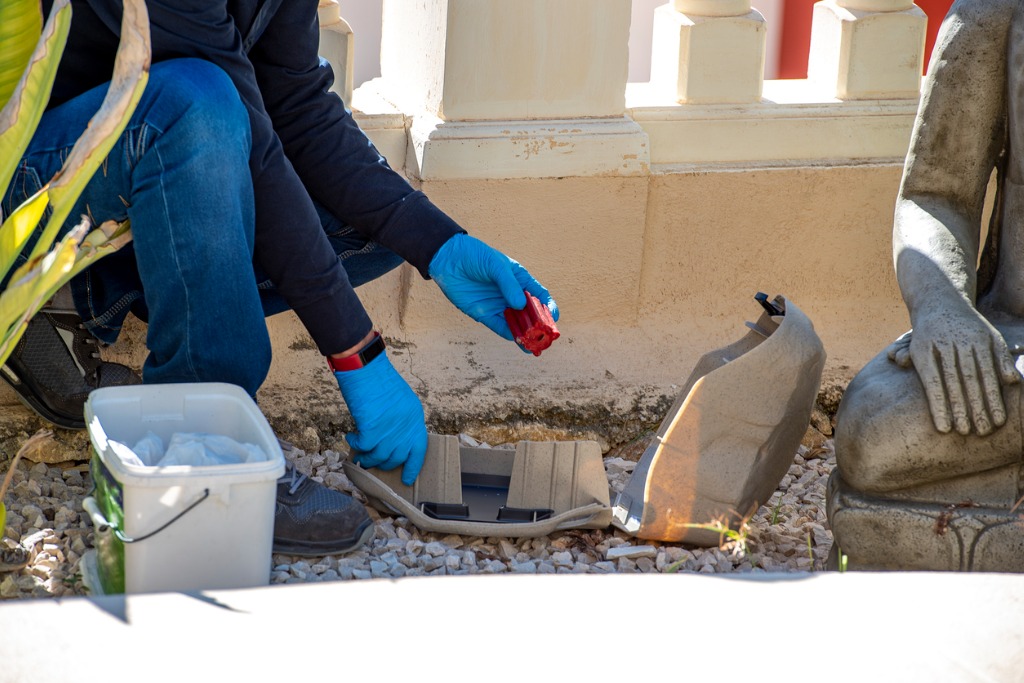
Knowing when to enlist the services of a pest control professional and understanding the advantages of their expertise and tools are key aspects in effectively managing rodent infestations:
When to consider hiring a pest control professional:
There are situations when the complexities of a rodent infestation call for the intervention of a pest control professional. Consider seeking their expertise when:
- The infestation is extensive, persistent, or poses health risks.
- DIY efforts have proven ineffective in controlling the infestation.
- You lack the time, resources, or knowledge to implement comprehensive solutions.
- The presence of rodents is causing significant property damage or safety concerns.
- You’re uncomfortable or concerned about handling traps, repellents, or toxins on your own.
Benefits of professional expertise and tools:
Engaging a pest control professional offers several advantages due to their specialized skills and equipment:
- Assessment: Professionals can accurately identify the extent of the infestation, determining key areas of activity.
- Custom Solutions: They develop tailored strategies based on the specific rodent species and infestation characteristics.
- Effective Treatments: Professionals have access to potent rodenticides and advanced trapping methods.
- Prevention: They can advise on long-term prevention measures to mitigate future infestations.
- Safety: Professionals handle hazardous materials safely, protecting you and your family from potential risks.
- Compliance: They follow regulations and guidelines for safe and responsible pest control.
While DIY approaches can be effective for minor infestations, involving a pest control expert becomes necessary when dealing with larger, more complex, or persistent rodent issues. Their knowledge, experience, and access to advanced tools ensure a thorough and efficient resolution, providing you with peace of mind and a pest-free living environment.
Cleaning and Sanitizing After Infestation
After an infestation, thorough cleaning and sanitizing, including the removal of rodent waste and nesting materials, are essential to eliminate health risks. Disinfection further prevents disease transmission.
To maintain a rodent-free attic, conduct regular inspections, seal entry points, and establish maintenance routines. Educating your household about prevention and removal ensures a collective effort in upholding a pest-free living environment.
Conclusion
Addressing rodent infestations in attics requires a proactive approach to ensure the safety of your home and the well-being of its occupants. From recognizing the signs of infestation to implementing preventive measures such as sealing entry points, proper storage, and maintaining the surroundings, vigilance is essential.
Swift action is paramount, as rodent damage can quickly escalate, leading to costly repairs and potential health risks. Employing humane trapping methods and considering natural repellents can contribute to a comprehensive control strategy.
When faced with complex or persistent infestations, seeking professional assistance offers specialized expertise and tools for effective resolution.
Finally, thorough cleaning and sanitization after an infestation is crucial to eliminate health hazards and maintain a rodent-free living environment.
Frequently asked questions
A1: Rodents in attics can cause damage to insulation, wires, and stored items, leading to potential fire hazards and structural issues. They also carry diseases that can be transmitted to humans through contact with their droppings, urine, or bites.
A2: Key signs include droppings, gnaw marks on wires and structures, chewed materials for nesting, nests made from shredded materials, unusual noises like scratching or squeaking, and a distinct musty odor.
A3: To prevent infestations, regularly inspect and seal gaps, cracks, and openings in the attic. Practice proper food storage, reduce clutter, trim vegetation, remove debris, and maintain the exterior of your home.
A4: Humane methods involve using snap traps, live traps, and electronic traps. Proper baiting, strategic trap placement, protective gear, and safe release protocols are crucial for successful and ethical trapping.
A5: Natural repellents, like peppermint oil and predator urine, can be effective to some extent, but their efficacy varies. They might work as complementary measures alongside other control techniques but may not completely eliminate an existing infestation.

